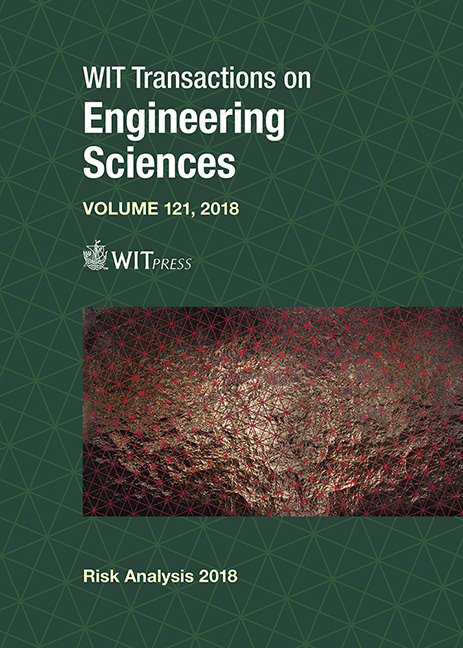NUMERICAL COMPARISON OF DRAG MODELS APPLIED TO SUBSEA GAS DISPERSION
Price
Free (open access)
Transaction
Volume
121
Pages
14
Page Range
259 - 272
Published
2018
Paper DOI
10.2495/RISK180231
Copyright
WIT Press
Author(s)
AMARANATH S. KUMARA, TAEWOOK KIM
Abstract
Subsea gas releases can have catastrophic impacts on human life, offshore assets, and the environment. As a result of major accidents that occurred recently, government regulations and company policies enforce a formal assessment of risks related to subsea gas releases. The main objective of subsea gas dispersion modelling is to predict the properties such as plume width, gas volume fraction and mean velocities at the sea surface in order to provide input data for risk models quantifying the topside risk exposure on offshore installations. This requires a comprehensive understanding of the dynamics of underwater releases of natural gas. This paper presents a comparison of different drag models applied for subsea gas dispersion modelling. ANSYS Fluent is used as the Computational Fluid Dynamics (CFD) modelling framework of the subsea gas plume hydrodynamics, while the changes of bubble’s density and size is included as an external user defined functions (UDFs) hooked to the Fluent’s main code structure. Four different drag models are compared, namely spherical drag law, modified spherical drag law, Xia’s drag law and Tomiyama’s drag law. The drag models are also incorporated into the main code structure as external UDFs. A combination of the two methods – Eulerian–Eulerian and Lagrangian – is used to model the bubbling behaviour of the subsea gas dispersion. The predicted results are validated against the experimental data presented by Engebretsen back in 1997. It is observed that the drag model in the CFD simulations seems to be a factor that could affect underwater plume physics. The predicted results show that the drag models including bubble shape show better agreement than the ones without including bubble shape in general.
Keywords
subsea gas dispersion, drag model, computational fluid dynamics, gas plume, bubble behaviour, discrete phase model, volume of fluid model





